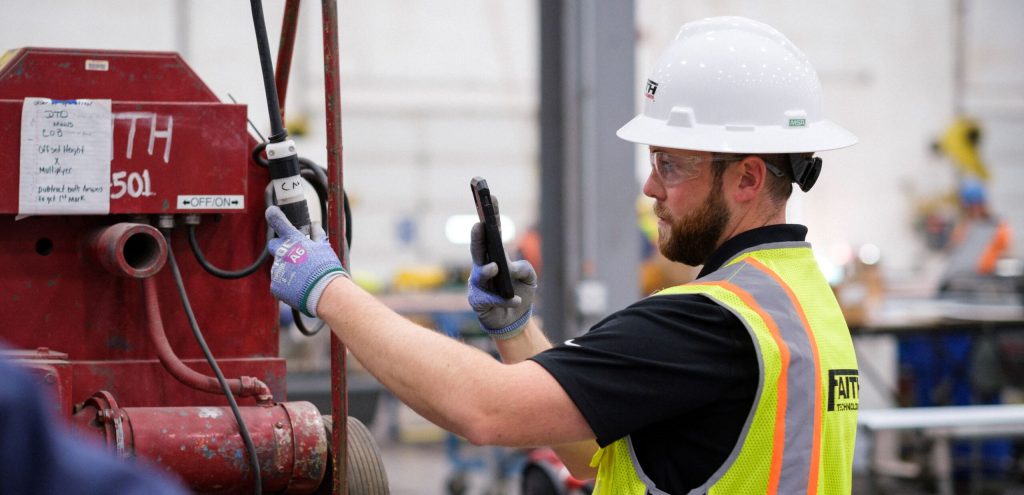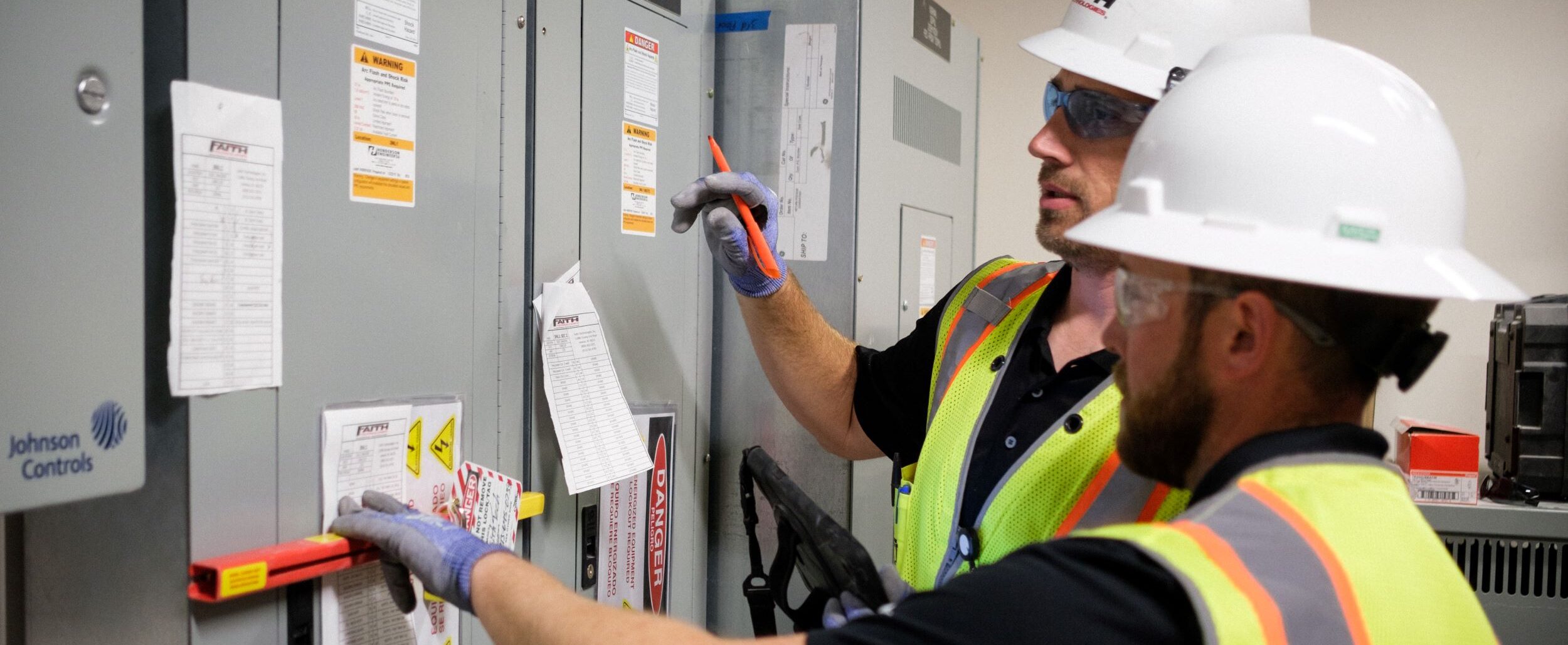
Manufacturing key process indicators are important to ensure everyone on the team is aligned. Out of all the key process indicators, one quality process serves as the engine that drives manufacturing efficiency and control of the product: the non-conforming materials process.
The non-conforming materials quality process is a set of procedures and actions taken by organizations to address and rectify instances where a product, service or process does not meet specified quality standards or requirements. Nonconformance can arise due to various reasons, including defects, deviations from established procedures or non-compliance with industry standards or regulations.
Within FTI’s Excellerate manufacturing division and throughout the industry, the process typically involves the following key steps:
- Identification of Nonconformance: The process begins with the identification of nonconformance. This can occur through various means, such as inspections, quality audits, customer complaints or employee reports.
- Documentation: Once a nonconformance is identified, it needs to be documented thoroughly. This documentation should include details about the nature and extent of the nonconformance, its location and the individuals or processes involved.
- Evaluation and Investigation: Organizations must investigate the root causes of the nonconformance. This involves conducting a thorough analysis to determine why the nonconformance occurred. This step is critical to prevent recurrence.
- Containment: To prevent further nonconforming products or services from reaching customers, organizations often implement containment measures. This may include quarantining affected products, suspending production or implementing temporary fixes.
- Corrective Actions: After identifying the root causes, corrective actions are developed and implemented to address the issues and prevent similar nonconformances in the future. Corrective actions could involve process improvements, employee training, equipment maintenance or changes to procedures.
- Verification of Effectiveness: The effectiveness of the corrective actions is assessed to ensure that the nonconformance has been resolved. This may involve additional testing, inspections or audits.
- Preventive Actions: In addition to corrective actions, organizations may also implement preventive actions to proactively address potential sources of nonconformance. This helps minimize the likelihood of similar issues occurring in the future.
- Communication: Throughout the process, communication is essential. Stakeholders, including employees, customers and relevant regulatory bodies, should be informed about the nonconformance, its resolution, and any necessary corrective or preventive actions.
- Documentation and Reporting: Detailed records of the entire nonconformance process, including the actions taken and their outcomes, should be maintained for compliance purposes and future reference.
- Closure: Once the nonconformance is successfully resolved and corrective and preventive actions are in place and effective, the nonconformance process is considered closed.
The nonconformance quality process is a fundamental aspect of quality management, ensuring that organizations address quality issues promptly and systematically. We know that it contributes to our continuous improvement efforts and helps maintain FTI’s product and service quality standards while minimizing the impact of nonconforming products or processes on our customers and throughout the organization.








